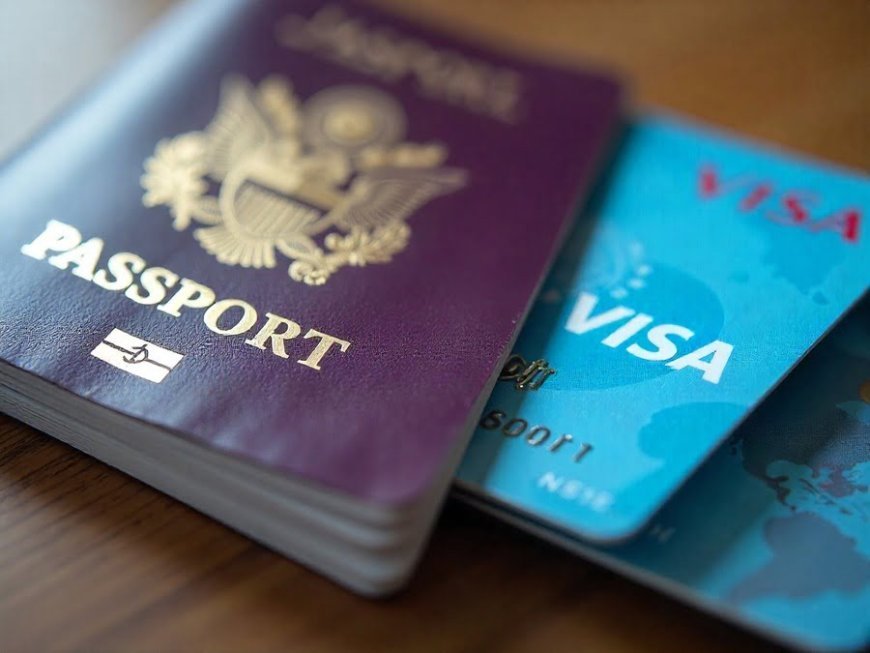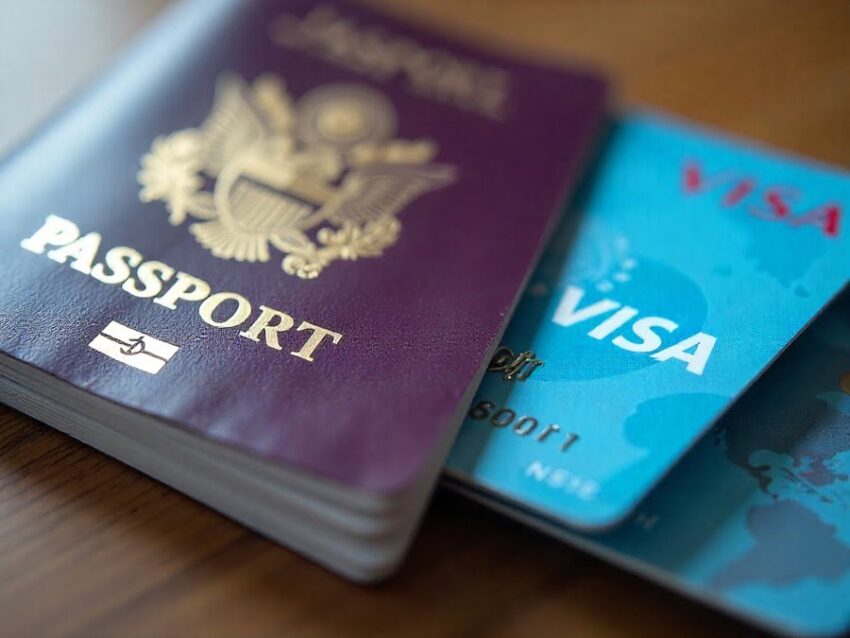Italy, France, Germany, Finland, Czech Republic, Croatia, Belgium, Hungary, Norway, Poland And More Join Twenty-Nine Countries Moving Toward Electronic Borders, With The UK Also Implementing New Rules


Italy, France, Germany, Finland, Czech Republic, Croatia, Belgium, Hungary, Norway, Poland, and the United Kingdom, along with 18 other European nations, are set to eliminate traditional passport stamps as they adopt new biometric and electronic border systems. This transition aims to modernize border controls by replacing physical stamping with automated digital tracking of travelers’ biometric data, improving security and speeding up processing times, signaling a major change in the future of international travel across Europe.
Passport stamps, long regarded as cherished souvenirs and proof of global adventures, are on the brink of disappearing across Europe. This transformation is driven by the European Union’s decision to implement a state-of-the-art biometric border control system across 29 member countries, marking a major shift from the traditional paper-based immigration process to a fully digitalized entry and exit procedure.
For decades, travelers crossing international borders within Europe and beyond have enjoyed the ritual of having their passports physically stamped by immigration officers. These stamps often served as tangible keepsakes, capturing memories of journeys to different countries and regions. However, this experience is now set to become a relic of the past with the rollout of the EU’s Entry/Exit System (EES), a biometric and electronic border management system designed to streamline travel and enhance security across the Schengen Area and other participating nations.
The EES project has faced multiple delays over the years but is now slated to commence on October 12, with full implementation expected by April 10, 2026. The transition to this new system will happen in phases to ensure smooth adoption and minimal disruption for travelers and border authorities alike.
Under the EES, non-EU citizens visiting the EU for short stays — typically up to 90 days within a 180-day period — will no longer receive a traditional ink stamp in their passports. Instead, their arrival and departure will be recorded electronically through biometric data capture, including facial images and fingerprints. This data is linked with travel document details and the precise dates and locations of border crossings.
The primary goals of the EES are to modernize border management, reduce illegal overstays, and bolster security by enabling authorities to accurately track entry and exit times of travelers. This system will also facilitate faster border checks by automating data collection and verification, helping to reduce queues and processing times at airports, land crossings, and seaports.
The 29 European countries preparing to integrate this biometric border control system are:
Belgium, Bulgaria, Croatia, Czech Republic, Denmark, Estonia, Finland, France, Germany, Greece, Hungary, Iceland, Italy, Latvia, Liechtenstein, Lithuania, Luxembourg, Malta, Netherlands, Norway, Portugal, Poland, Romania, Slovakia, Slovenia, Spain, Sweden, and Switzerland.
Many of these countries are part of the Schengen Area, a zone of passport-free travel within much of Europe. The EES system complements the existing Schengen framework by digitally tracking entries and exits without needing to physically stamp passports, preserving the principle of free movement for EU citizens while managing and monitoring non-EU visitors more effectively.
Europe is not alone in embracing digital transformation at its borders. The United Kingdom, which is no longer an EU member, introduced its own electronic travel authorization system in January. Known as the Electronic Travel Authorization (ETA), this scheme requires travelers from visa-exempt countries to obtain an online permit before arriving in the UK. The ETA collects essential personal information, including name, date of birth, passport number, and travel itinerary, alongside a processing fee of around \$22.
This pre-authorization process enables UK border officials to perform security screenings in advance, allowing them to identify potential risks before travelers arrive. By conducting these checks beforehand, the UK aims to improve border security while expediting the entry process, minimizing wait times and enhancing the overall travel experience.
Similarly, the United States has been advancing biometric technology to improve airport security and border management. The Transportation Security Administration (TSA) has expanded the use of facial recognition systems in airports nationwide. Programs like Clear Plus allow travelers to speed through security checkpoints using fingerprint, iris, or facial scans instead of traditional identification methods. These biometric tools are designed to increase security efficiency, reduce physical contact, and streamline passenger flows.
Globally, the move away from physical passport stamps is becoming a common trend. Countries such as Australia ceased stamping passports back in 2012, opting instead for electronic record-keeping of entries and exits. Other major international destinations like Hong Kong, Singapore, and Argentina have already transitioned to electronic systems that eliminate the need for physical stamps.
In the United States, the use of traditional passport stamping has also been decreasing steadily. According to research from Harvard University, U.S. immigration authorities are progressively phasing out the practice as digital tracking and biometric identification technologies become more prevalent and reliable. This global shift reflects broader changes in international travel, focusing on enhancing security, increasing efficiency, and leveraging technological advancements.
While some travelers may feel nostalgic for the physical passport stamps that once chronicled their journeys, the digital transformation of border controls promises significant benefits. By reducing the need for manual checks and paper documentation, countries can better allocate resources, improve the accuracy of immigration data, and enhance safety measures. Automated biometric systems are also expected to support governments in combating illegal immigration and overstays by providing precise, real-time information on travelers’ movements.
However, the introduction of biometric border systems also raises important questions around privacy and data security. Storing sensitive personal information such as facial images and fingerprints requires stringent safeguards to prevent misuse or breaches. European authorities have emphasized that the EES complies with data protection regulations like the EU’s General Data Protection Regulation (GDPR), aiming to balance security needs with respect for individual rights.
For travelers, the shift means adapting to new processes. Instead of receiving a stamped passport, visitors will have their biometric data collected during border control checks. While this may remove a physical keepsake, it should also result in quicker and smoother passage through borders in the long run.
Italy, France, Germany, Finland, Czech Republic, Croatia, Belgium, Hungary, Norway, Poland, and the UK are among 29 countries set to replace traditional passport stamps with advanced biometric border systems, modernizing travel across Europe.
In summary, the disappearance of passport stamps in Europe marks the end of an era and the beginning of a new chapter in border management. The European Union’s adoption of the biometric Entry/Exit System is a major step toward digitizing travel, enhancing security, and modernizing how countries monitor cross-border movement. This development aligns with global trends as more nations embrace technology-driven solutions to meet the evolving challenges of international travel and security in the 21st century.
The post Italy, France, Germany, Finland, Czech Republic, Croatia, Belgium, Hungary, Norway, Poland And More Join Twenty-Nine Countries Moving Toward Electronic Borders, With The UK Also Implementing New Rules appeared first on Travel And Tour World.






